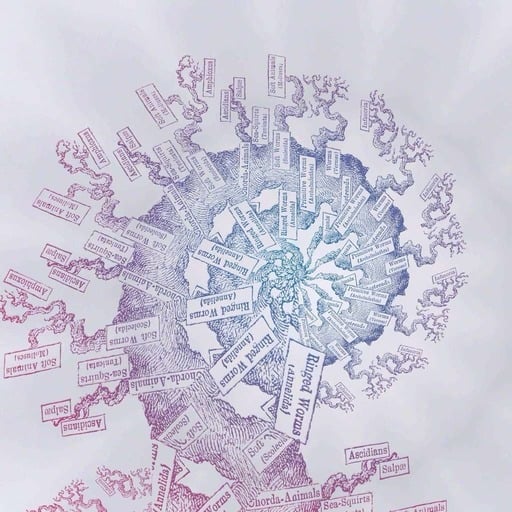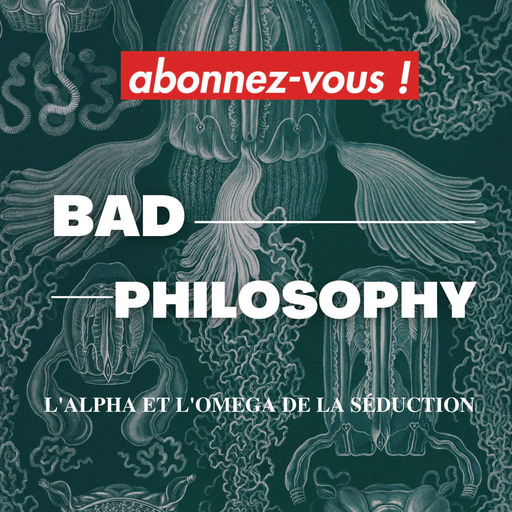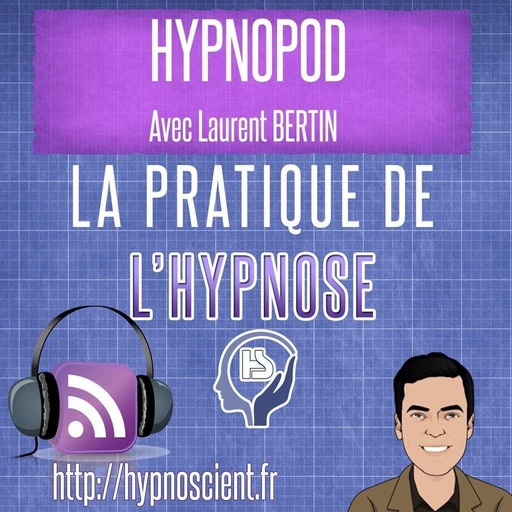Life on earth began in the oceans. And it used to be simpler. For the first few billion years, life consisted of microbes that didn’t really swim or hunt; they mostly floated and, if they were lucky, bumped into something they could engulf and digest. But that changed during the Cambrian period.
Over a relatively short period of time known as the Cambrian Explosion, organisms started becoming larger and more complex. For the first time they grew limbs and exoskeletons; intestines and eyes. Animals from this period developed strange body plans that look almost alien to the modern eye. It was an unprecedented surge of biodiversity. But many of the animal groups that emerged during the Cambrian Period died soon after during an extinction event, their bizarre body plans perishing along with them. To paraphrase the evolutionary biologist and paleontologist Stephen Jay Gould, these were “early experiments in life’s history.” Among the survivors of the Cambrian extinction event was metaspriggina, a tiny fish the size of a human thumb. This tiny fish is one of the oldest ancestors of all vertebrate life on earth - including us.
Over millions of years and tectonic shifts, Cambrian-era seabeds became modern-day mountains. Today, one of the best places in the world to study fossils from the Cambrian period is at the Burgess Shale fossil deposit, high in the Canadian Rockies. The animals fossilized in the rock were buried quickly in mud that had the right conditions to preserve the soft tissues like brains, organs, and muscles, giving paleontologists a detailed glimpse at some of the first complex life on earth. Scientists have been mulling over the Burgess Shale fossils since they were first excavated in 1909.
Stephen Jay Gould was one of those scientists fascinated by the Burgess fossils. He paid attention to the research coming out about them and started wondering what life would look like if a different set of animals had survived and our ancestors had died out. Would humans - or something like us - have ever evolved? Gould thought not. In his 1989 book Wonderful Life, he came up with the ‘tape of life’ thought experiment. Gould wrote, “Wind back the tape of life to the early days of the Burgess Shale; let it play again from an identical starting point, and the chance becomes vanishingly small that anything like human intelligence would grace the replay.” This idea is called Evolutionary Contingency.
Not everyone agreed with Gould. Most notably his contemporary Simon Conway Morris, another evolutionary biologist and paleontologist. Simon Conway Morris spent years studying the Burgess Shale, and it was his work that Gould had cited for his book about Evolutionary Contingency. Conway Morris disagreed with Gould’s interpretation that human intelligence was a fluke. He wrote his own book in 1998 called The Crucible of Creation and posited that, while life may have looked very different after a replay of the ‘tape of life’, consciousness may still have emerged in other forms. He wrote, “There are not an unlimited number of ways of doing something. For all its exuberance, the forms of life are restricted and channeled.” (p. 13) This idea is called Evolutionary Convergence.
In August 2018, producer Molly Segal joined a group of paleontologists, including Jean-Bernard Caron of the Royal Ontario Museum for their biennial dig at the Burgess Shale. Caron believes that Contingency and Convergence both play a role in evolution, their debate has informed discussions about evolution ever since.
This episode was produced by Molly and edited by Bethany Denton and Jeff Emtman
Music: The Black Spot


 Emissions
Emissions







